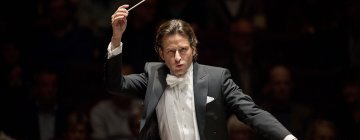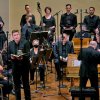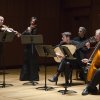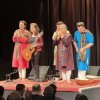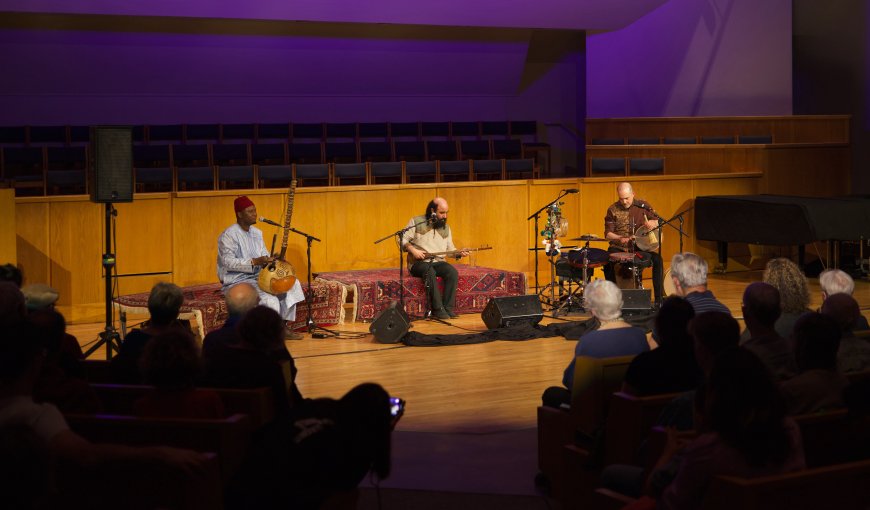
At a time when international dialogue seems to have been thrust into solitary confinement, the San Francisco Early Music Society provided a much-needed restorative — music that defies political and cultural isolationism. On Saturday, May 10, at First Presbyterian Church of Berkeley, SFEMS hosted the Montreal-based Ensemble Constantinople in a program that did just that and was appropriately called “Traversées” (Crossings).
The concert saw a pair of virtuosos (backed by a percussionist) playing traditional Persian and Senegalese plucked string instruments and singing in Farsi and Mandinka. The music involved the three performers — each from a different tradition — in a creative exchange that crossed borders.
At the heart of the project was Ensemble Constantinople’s founder, Kiya Tabassian, an Iranian Canadian virtuoso on the Persian setar. This lute-like instrument, the smaller antecedent of the Indian sitar, has four strings with an array of frets and can produce a wide range of pitches and tone colors. Tabassian plays setar with remarkable nimbleness, sliding up and down its long neck, making it tremble and wail. He is also an accomplished singer with a boldly expressive, even visceral voice — ornamenting his fluid lines with throaty glottals and shakes.
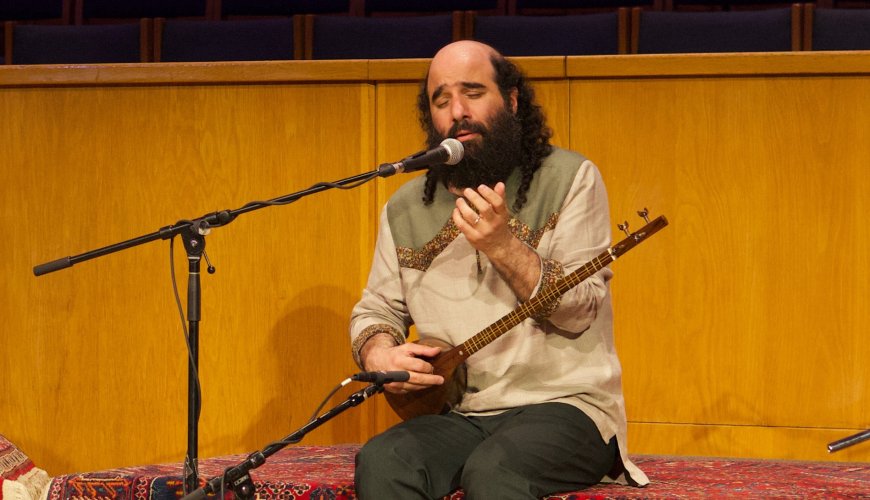
Ensemble Constantinople, now in its 25th year, is acclaimed for recordings and concerts that have pioneered the integration of European Renaissance and Baroque music with sounds from the East — Ottoman and Persian music in particular. The group’s 2020 album La Porta d’Oriente (The gate to the East) linked the Italian Baroque world of Claudio Monteverdi and Barbara Strozzi with music by their contemporaries in the court of the Ottoman emperor.
Senegalese instrumentalist and vocalist Ablaye Cissoko, a dazzling master on the kora, the traditional Mandinka 21-string harp, made a guest appearance for “Traversées.” He sings with tender, almost wistful grace. In 2011, he was the subject of the full-length documentary Griot, the term for a traditional West African storyteller, historian, and poet.
In concert, Tabassian and Cissoko created a living definition of dialogue, each playing an instrument with centuries of history and each singing traditional poetry in his own language, together building bridges across geographical, musical, and cultural distances.
Most of the pieces morphed easily from instrumentals to vocals and back again. Seated on low risers covered with Oriental rugs, the performers had no printed music or stands separating themselves from the audience or each other. Clearly, there were preplanned passages, but there were also thrilling episodes of improvisation. The rhythmic music swirled in and out of moods, by turns heroic, lyrical, or just on the edge of melancholy.
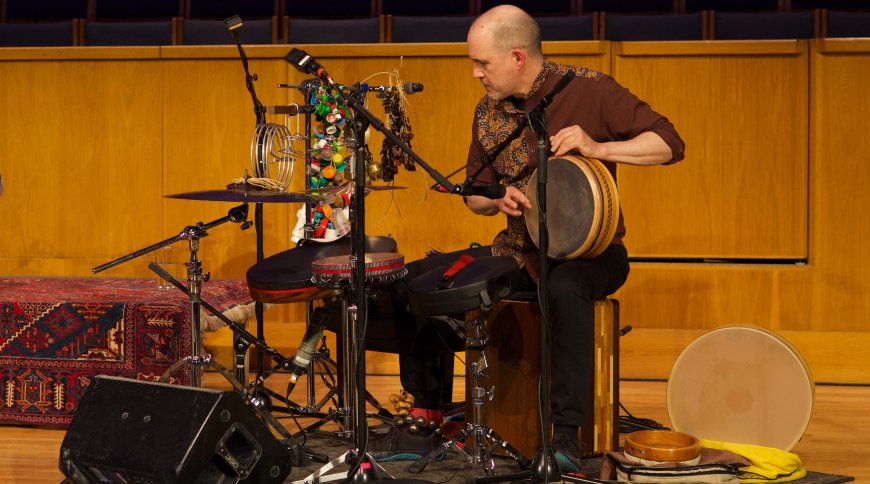
The two soloists were grounded by the creative percussion of Patrick Graham, an Ensemble Constantinople regular. His nimble hands artfully drew from an astonishing variety of rattles, cymbals, and drums.
There was a warm camaraderie among all three performers, who were closely miked and strongly amplified. While that contributed to the excitement and was in many ways appropriate for these intimate instruments, the downside for this reviewer seated in the front row was that one of the speakers was uncomfortably close.
On Saturday night, the near-capacity audience seemed considerably younger and more diverse than the usual Bay Area early-music crowd. Ensemble Constantinople clearly has a big fan base — in part evidenced by its YouTube hits, which number in the millions.
Tabassian greeted the audience warmly at the opening but said little else throughout the program. Given the unfamiliarity of the music and the texts for most of the audience, more explanation would have been welcome.
On the other hand, the music of “Traversées” mostly spoke for itself in its warmhearted virtuosity and its pervasive conviction that artists and audiences from widely diverse cultures can still connect across the many border walls of our fraught world.
